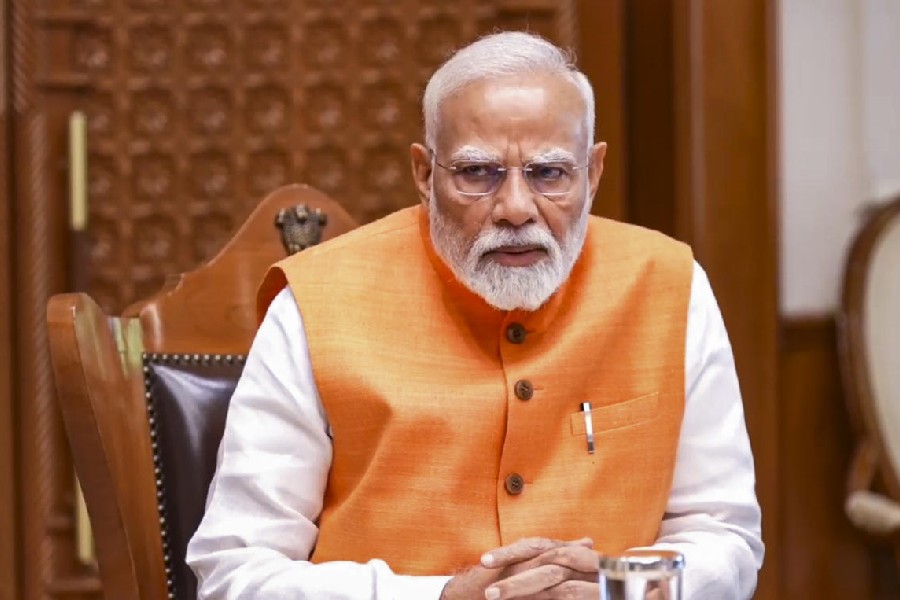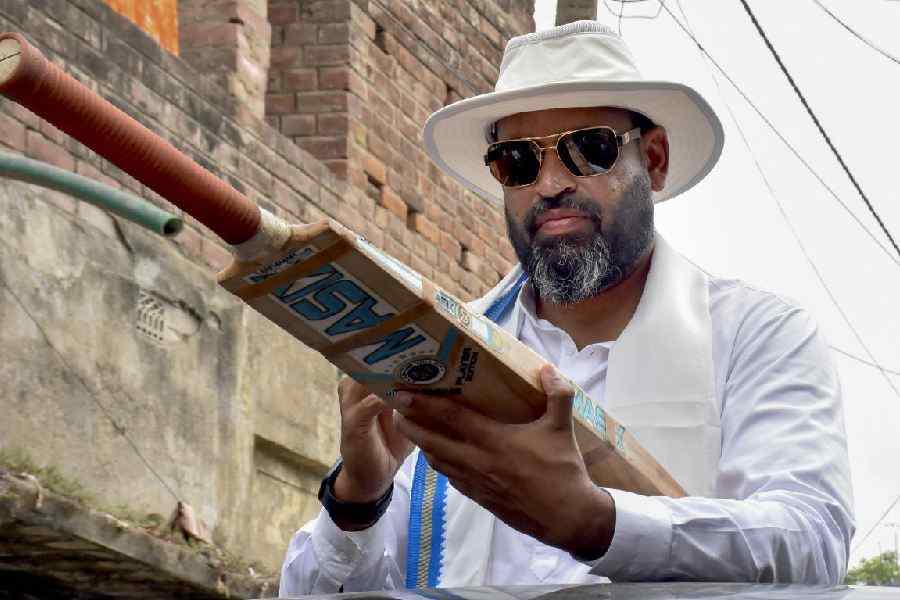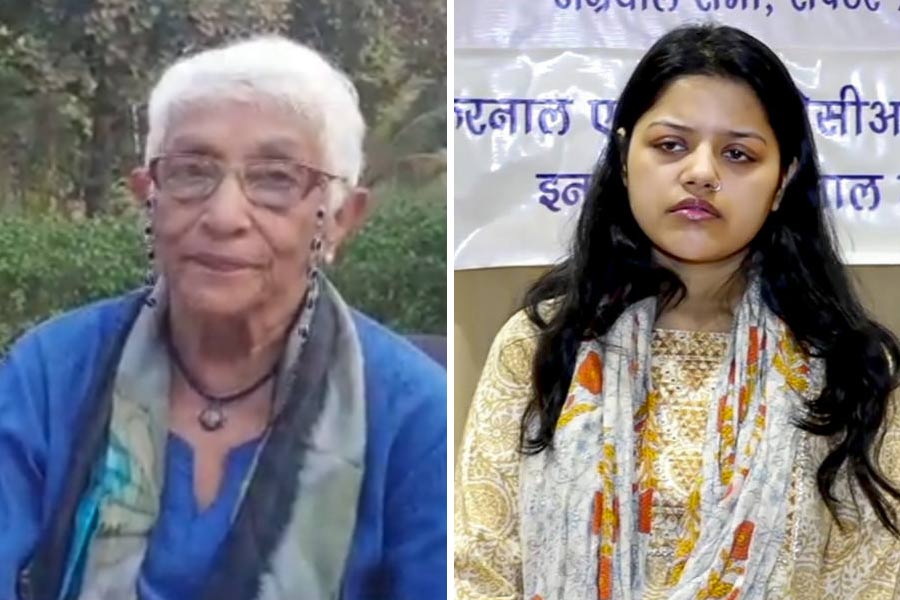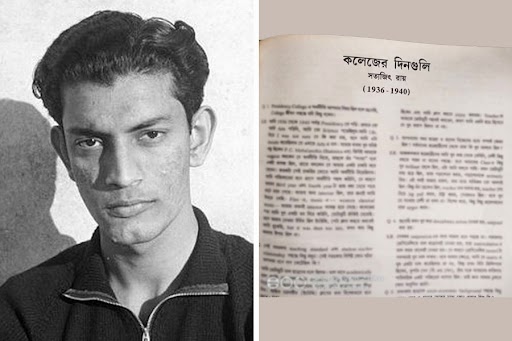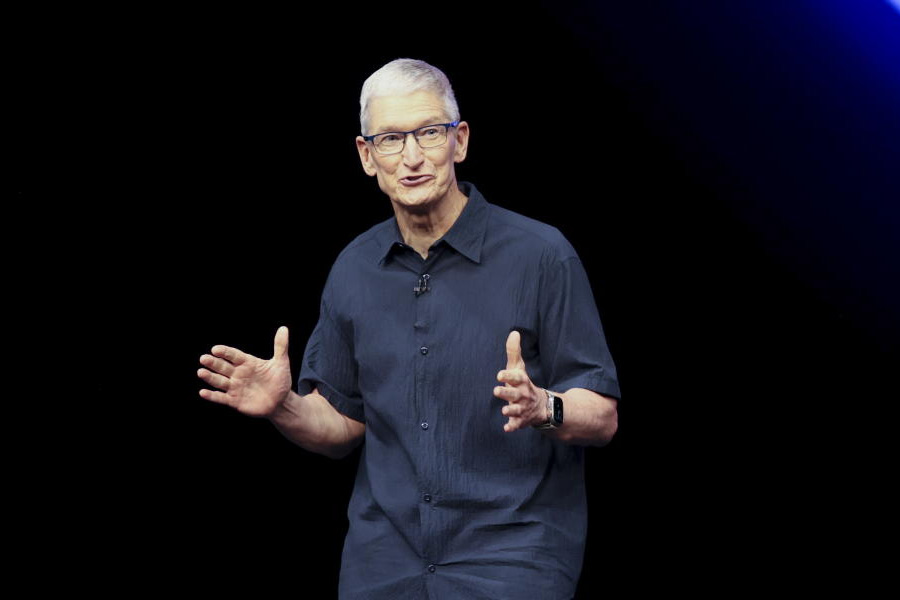The call came from Jaipur. The distraught parent's once easygoing and extrovert 16-year-old daughter Shruti (name changed) had over the past four years become so addicted to social networking sites that she would be online every day for over seven hours, chatting with over 350 online friends. She had dropped out of school. When reprimanded, she would lie and steal money to go to Internet cafes. Could SHUT help, the father asked.
It certainly could, was the response.
In the two months since the Bangalore-based National Institute of Mental Health and Neuro Sciences (Nimhans) Centre for Well Being started a tech de-addiction centre, Service for Healthy Use of Technology or SHUT, the appeals and requests have been coming in slowly but steadily. There is still a stigma to anything that smacks of an addiction and parents and children are reluctant to come forward. But in Shruti's case, the problem had become too severe to ignore.
Shruti had met some of her online friends. She was bored and she enjoyed the world the Internet opened to her. However, she was sharp enough to recognise unseemly behaviour. 'Shruti disliked sexual comments or gestures during her offline meetings and felt cheated when she realised some of her friends had created a fake relationship or identity status,' says Dr Manoj Sharma, associate professor, department of clinical psychology, Nimhans, who now heads SHUT.
At the tech detox clinic, she eventually opened up about her online habits and usage. With counselling and intervention, 'she was 'psychoeducated' about IT usage and its repercussions,' says Dr Sharma. Her online time has dropped to less than an hour a day, sometimes intermittently.
Shruti's case is not the only success story SHUT can boast about. Ramya, a first-year Bangalore college student, would come home late and would be constantly on the phone. Her parents got alarmed when she began to text late into the night. Ramya was outraged. She felt she had done nothing wrong — she was only replying to her friends' text messages. She stopped talking to her parents. Ramya was brought to the detox centre. It counselled her and her parents on setting rules for the use of her phone.
Such instances of tech addiction are not the exception. A survey by the Associated Chambers of Commerce & Industry (Assocham), the industry lobby group, last year, in several metropolitan cities found that 73 per cent of Indian children in the 8-13 age group are on social networking sites such as Facebook despite these sites prohibiting under-13s from joining them. Assocham polled 4,200 parents in cities like Mumbai, Bangalore, Chennai, Calcutta, Delhi, Ahmedabad, Hyderabad, Pune and Lucknow.
The survey also found that three-fourths of the parents knew their children were on these sites — 82 per cent of them had helped create their children's Facebook account.
SHUT itself is the outcome of two Indian Council of Medical Research (ICMR)-funded research projects undertaken by Nimhans, the first in 2007. Dr Sharma did a study of the technology usage patterns of 350 young adults and youth aged between 18 and 25 years. Some 24 per cent of the research subjects displayed 'problematic to addictive use'.
Dr Sharma says the study showed a clear relationship between psychological distress and addictive use of the Internet. For many adolescents and young adults, the Internet has become a way to overcome a swathe of issues — peer pressure, academic stress, relationship problems, boredom and loneliness. The same team then researched 400 youngsters in the same age group. It too confirmed addictive use of social media. The ICMR is now funding a survey in the Bangalore region, with a door-to-door sample size of 2,755.
'The actual number of young tech addicts is likely to be very large if you extrapolate the sample size to the population of users,' says Dr Sharma.
'The subjects who displayed addictive behaviour were not sharing personal information but there was some risky behaviour like online relationships and a preference for online instead of face-to-face communication,' he continues. The ease of technology was pushing people towards being 'online' constantly instead of offline — they wouldn't spend time with parents or friends, preferring instead to always text or use the Internet to communicate constantly, he adds.
So how does SHUT handle such problems? Dr Sharma says that the centre doesn't advise completely stopping using tech devices, but prefers a healthy use of them instead. 'We cannot control cyber-sexual addiction (a part of technology addiction); so the environment is controlled and psychotherapy given if there is a psychological issue. There are role plays and home assignments for out-patients. For in-patients, a minimum stay of 21 days is required,' he explains.
Yet SHUT looks nothing like a high-tech place. Located in south Bangalore, a few kilometres from the main Nimhans building, it is quiet and workman-like. If you are imagining rows of twitching fingers being weaned off gaming consoles and smartphone apps, perish the thought. SHUT has both in-patient and out-patient facilities for counselling and a rehab programme tailored to the severity of the addiction.
It charges Rs 120 for the first session and Rs 100 for successive sessions. In-patient treatment takes a minimum of 21 days, with charges varying from Rs 50 to Rs 500 a day, depending on the rooms, and includes food but excludes the cost of investigations.
How does one know whether one is tech-addicted? SHUT uses the 4-C approach to define addiction:
*Craving, or the obsession with being online or on the cellphone to SMS, email or get on to Facebook.
*Control, or the lack of it — that is, when a person is unable to regulate his technology usage.
*Compulsion. The itch to be constantly connected, in terms of gaming or surfing.
*Consequences. The shift to excessive online behaviour brings about a decline in academic standards, disinterest in outdoor games or socialising, eye strain and sleep disorders.
If you have a strike rate of three out of the four Cs, you're addicted to the use of technology.
This is all very well, but even young children now use gadgets. In Bangalore, Paresh Dhawan and his wife, Kalpana, have had several verbal skirmishes over their pre-teen's fondness for his Macbook. At home, Shiv constantly flicks the screen as he scores points in his car-racing games, or is glued to his parents' smartphones to play with gaming apps. Kalpana is worried he is overdoing it. Paresh feels Shiv is on his way to becoming a tech-savvy kid.
Kalpana Das, formerly with Kangaroo Kids, and director-founder of pre-school Tara, has regular parent-child interactions. 'Children learn best through play but gadgets are taking the sensory integration of the five senses away from them,' she complains.
Dr Sharma agrees that gadgets have found their way early into a child's life and is likely to agree with Das when she says children are fed with TVs or computer tablets as distractions and it's hard to wean them off the excessive tech usage habit.
Research by the centre found that teenagers and young adults are unaware of the sometimes damning effects of Internet usage. Dr Vivek Benegal, head of the Centre for Addiction Medicine at Nimhans, has this advice to offer to those who are unable to unplug: 'Recognise you have a problem, set goals for the use of technology, and replace your technology usage with healthy physical activities.'
Amen to that, we say.
Addiction test
![]() You're obsessed with being online or on the cellphone to SMS, email or get on to Facebook
You're obsessed with being online or on the cellphone to SMS, email or get on to Facebook
![]() You can't regulate your technology usage
You can't regulate your technology usage
![]() Want to be constantly connected, in terms of gaming or surfing
Want to be constantly connected, in terms of gaming or surfing
![]() Your academic standards decline, you are disinterested in outdoor games or socialising, or have eye strain and sleep disorders
Your academic standards decline, you are disinterested in outdoor games or socialising, or have eye strain and sleep disorders
If you have a strike rate of three out of the four, you're addicted
The de-addiction bill
![]() Rs 120 for the first session, Rs 100 for successive sessions
Rs 120 for the first session, Rs 100 for successive sessions
![]() In-patient treatment takes a minimum of 21 days. Charges vary from Rs 50 to Rs 500 a day, depending on the rooms, and includes food but excludes the cost of investigations
In-patient treatment takes a minimum of 21 days. Charges vary from Rs 50 to Rs 500 a day, depending on the rooms, and includes food but excludes the cost of investigations



